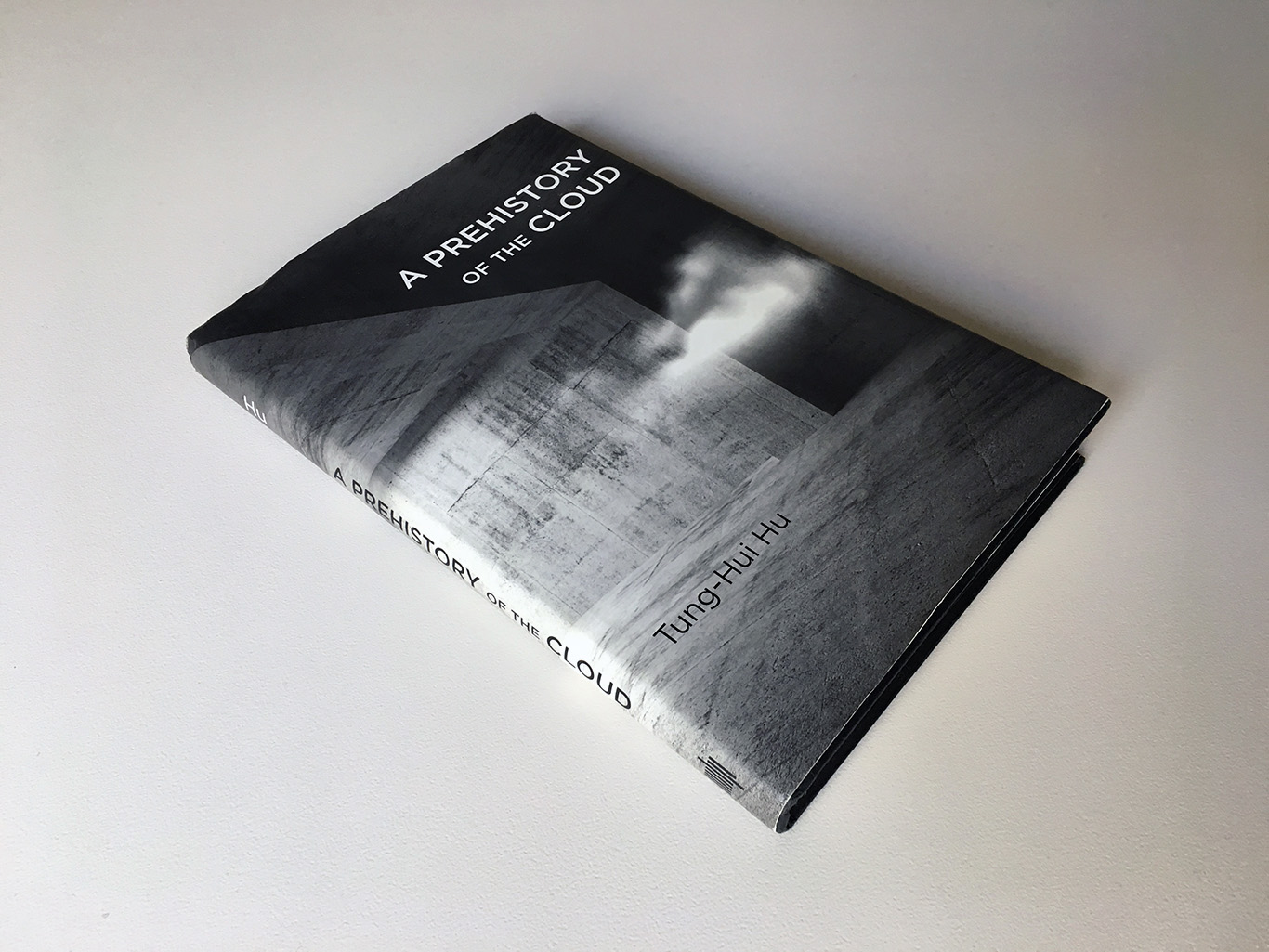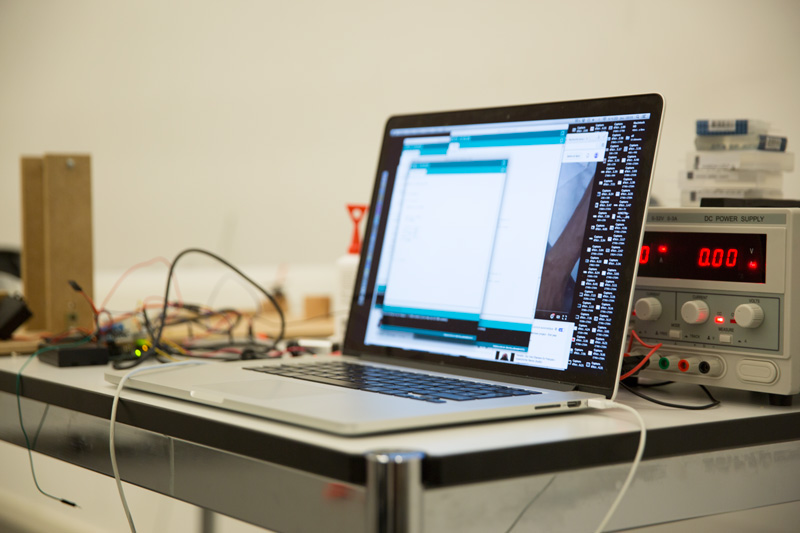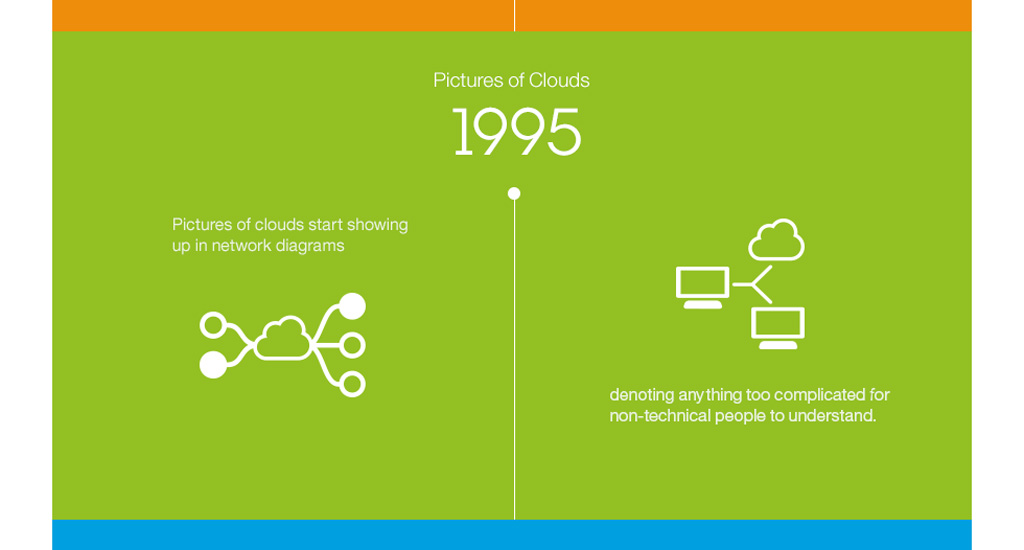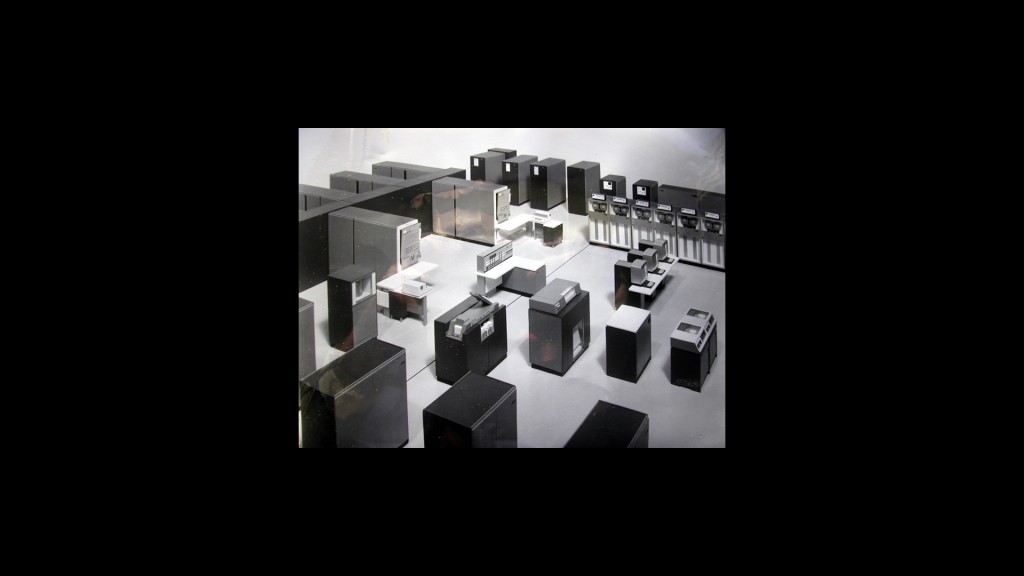“We may imagine the digital cloud as placeless, mute, ethereal, and unmediated. Yet the reality of the cloud is embodied in thousands of data centers, any one of which can use as much electricity as a midsized town. Even all these data centers are only one small part of the cloud. Behind that cloud-shaped icon on our screens is a whole universe of technologies and cultural norms, all working to keep us from noticing their existence. In this book, Tung-Hui Hu examines the gap between the real and the virtual (sic) in our understanding of the cloud. (…)”
Note: while we do not necessarily follow Mr. Hu in all is assertions, we found it very interesting to digg into the potential past of this physical and digital construct (the cloud), even so it obviously mingles its own past with the one of the Internet, and previously with telegraph/telephone lines and railways that served as the initial paths for these “lines”.
Very interesting is also the part that presents the invention of the “user”, coming from an initial idea of sharing a common resource. It indeed seems that the “user” emerged from the ideas and technologies of “time-sharing”, then “multiprocessing”, when a single mainframe computer could remain stuck by a single user’s computations for hours or even days, sometimes for no results (error in the code).





